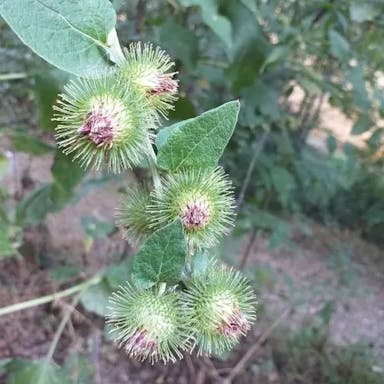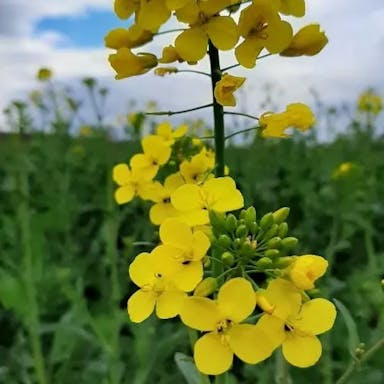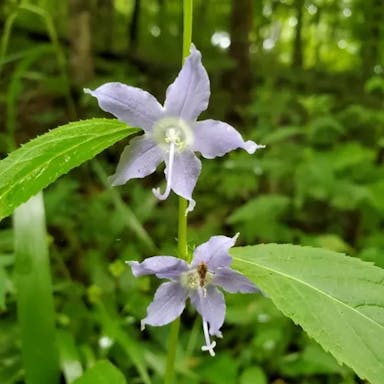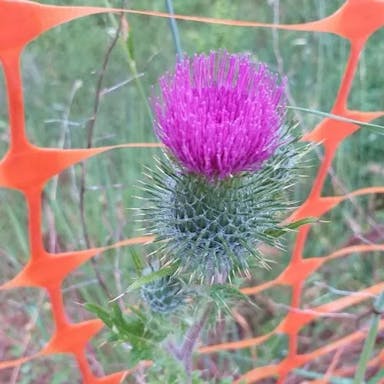Dyer's woad offers different varieties, such as 'Indigo', 'Grandiflora', and 'Lutea'. 'Indigo' variety is known for its deep blue dye, 'Grandiflora' for its larger flowers, and 'Lutea' for its yellow flowers. When selecting seeds, ensure they are fresh, plump, and free from damage. For seedlings, choose ones with healthy green leaves and sturdy stems. It is essential to consider the specific characteristics you desire in the variety you select. Ensure the seeds or seedlings are obtained from reputable sources to guarantee quality.
0
0












